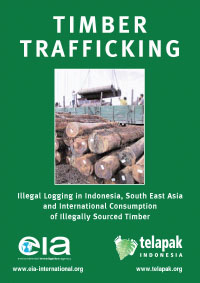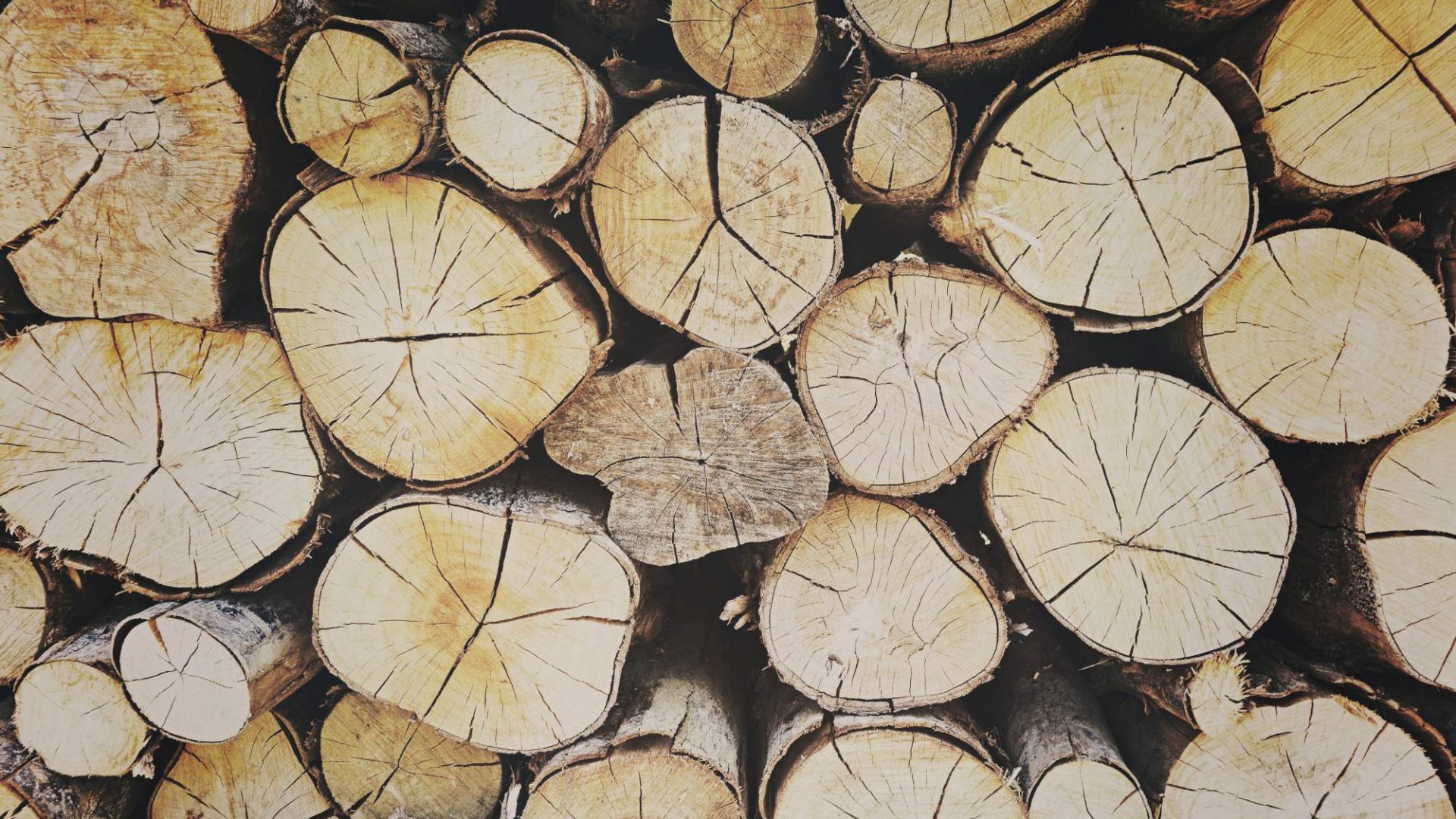Illegal Logging in Indonesia, South East Asia and International Consumption
of Illegally Sourced Timber

For the last two decades the international community has been aware of rampant logging of tropical forests and vanishing biodiversity but it has taken all this time to seriously seek solutions to this desperate situation. This is not about subsistence logging by local people. It is about the highly organized and vastly profitable international trafficking of timber stolen from the world’s dwindling tropical forests.
Illegal logging is estimated to represent 73 per cent of log production in Indonesia, 80 per cent in Brazil and 50 per cent in Cameroon, three of the world’s largest tropical timber suppliers. Yet even if you could track an illegally cut tree from a National Park in one of these countries to a port in a timber consuming country, and supply conclusive evidence that it was illegally cut, none of the consuming countries have legislation in place that would allow their enforcement authorities to seize the shipment. By turning a blind eye, consuming nations are colluding with the corrupt timber bosses that provide the chainsaws.
View and download Timber Trafficking

